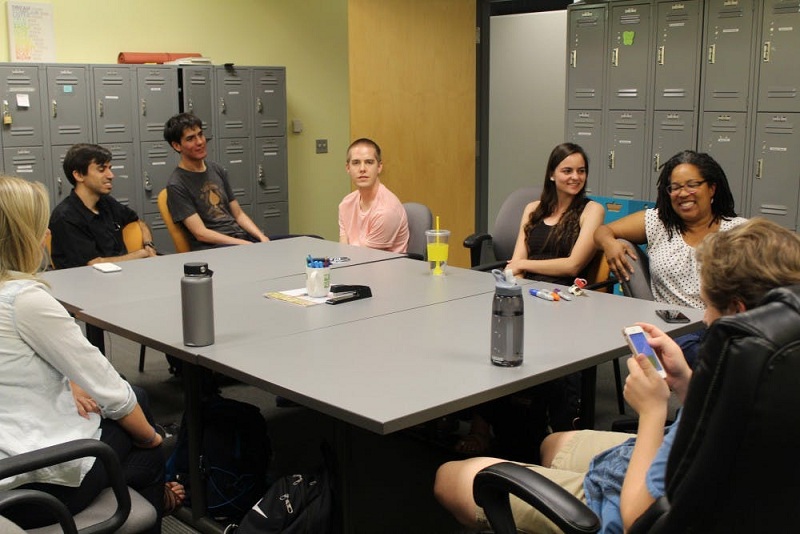
College is a challenging time for every student, but for those individuals with autism, it can be incredibly difficult. The transition from the relative structure of high school to the vastly different processes of college can be a big hurdle to overcome. These challenges mean that less than 20% of students with autism had graduated or were on course to graduate five years after finishing high school.
The challenges of college
Research has shown that the number of students with autism entering further education is on the rise; however, the actual number could be much higher, with 37% of students not disclosing their condition to their new school.
Despite the rise, graduation rates remain low, and one of the biggest challenges students face is adapting to the different approaches required on a college campus. A traditional high school follows a set educational plan that allows the student and their support network to work together towards a certain goal. Yet in college, this structure disappears and requires more self-advocacy, which can be incredibly challenging.
What can be done to help?
Educational experts have said that it is the changing scenario that is the most common driving force behind the low graduation rates, rather than intellectual skills. That means ensuring that these students receive the support they require when on campus is crucial in helping to reduce dropout rates and improve the number of students graduating.
Increasing awareness of autism, removing preconceptions, and encouraging students to open up and engage with their peers is crucial. At Hope For Three, our mission is to help create a truly inclusive community and bring about positive social change for those individuals and families living with autism.
We provide an array of programs and resources, so if you want to find out more about our organization, get in touch today.